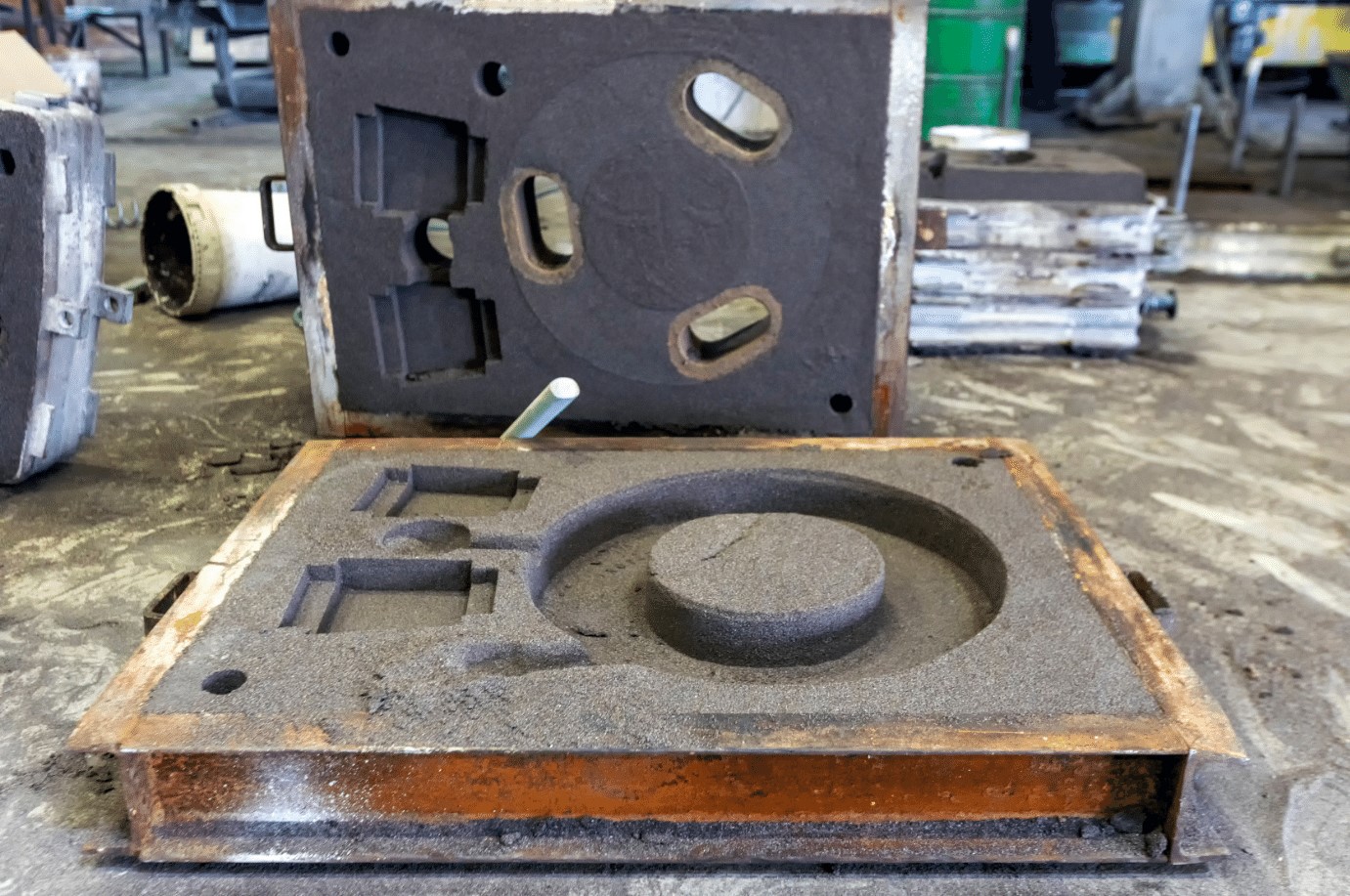
In the world of manufacturing, decisions about production processes can significantly impact the quality, efficiency, and cost-effectiveness of a product. Die casting and sand casting stand out as two prominent methods, each with its own unique characteristics and applications.

High Precision and Complexity: Die casting can produce high-precision, complex-shaped parts with excellent dimensional stability and surface quality.
High Production Efficiency: Die casting offers rapid production capabilities, making it suitable for mass production of identical parts.
Reduced Machining Processes: Die castings typically exhibit high precision and surface quality, reducing the need for subsequent machining and surface treatment processes.
High Material Utilization: Die casting maximizes material utilization, minimizing material waste and improving resource efficiency.
Higher Costs: Die casting equipment and tooling manufacturing costs are relatively high, requiring significant initial investment and operating expenses.
Longer Manufacturing Cycle: Die casting processes have longer manufacturing cycles, from tooling fabrication to production completion.
Limited Applicability: Die casting requires materials with specific properties, limiting its applicability and unsuitability for large or oversized parts.
Wide Applicability: Sand casting is suitable for parts of various sizes and shapes, including large and complex structures.
Lower Costs: Sand casting equipment and tooling manufacturing costs are relatively lower, making it suitable for small to medium-scale production.
High Flexibility:Sand casting has shorter production cycles, allowing for rapid adjustments to production schedules and addressing changes in customer demands.
Diverse Material Selection: Sand casting can utilize a variety of casting materials, including iron, steel, and aluminum alloys, offering greater flexibility.

Rough Surface Finish: Sand castings typically have rough surface finishes, requiring additional surface treatment processes.
Lower Dimensional Accuracy: Sand casting parts have lower dimensional accuracy, often requiring subsequent machining and calibration.
Higher Mold Costs: Sand casting demands high-quality molds, resulting in higher costs for mold fabrication and maintenance.
In conclusion, die casting and sand casting represent two distinct manufacturing processes, each with its own set of advantages and disadvantages. When choosing a manufacturing method, factors such as product characteristics, production scale, and quality requirements should be carefully considered to determine the most suitable approach.
To explore casting solutions tailored to your needs, pls contact us.